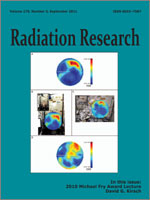BioOne.org will be down briefly for maintenance on 14 May 2025 between 18:00-22:00 Pacific Time US. We apologize for any inconvenience.
WORKSHOP REPORT (1)
REGULAR ARTICLES (12)
COMMENTARY (1)

No abstract available
No abstract available
